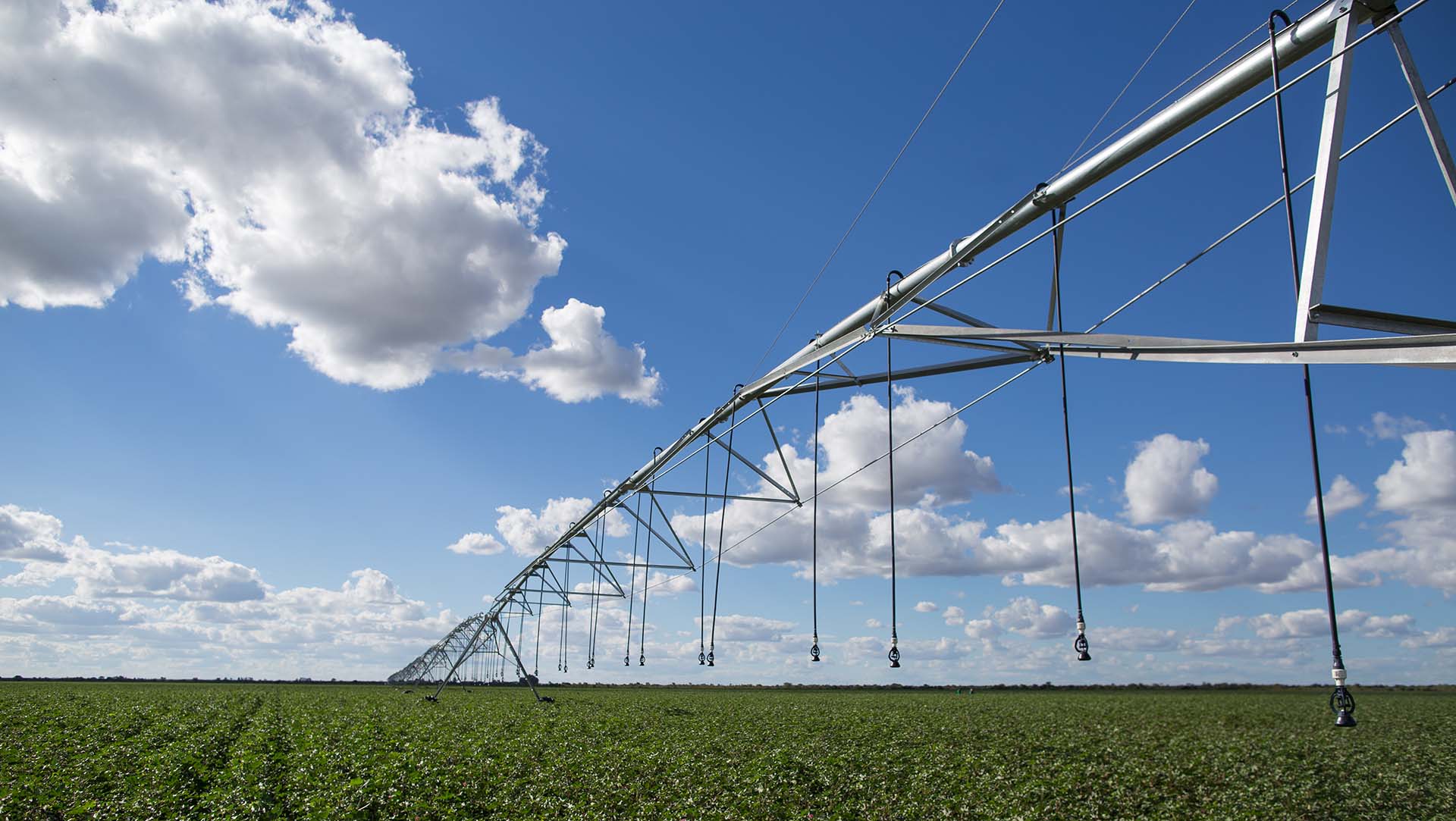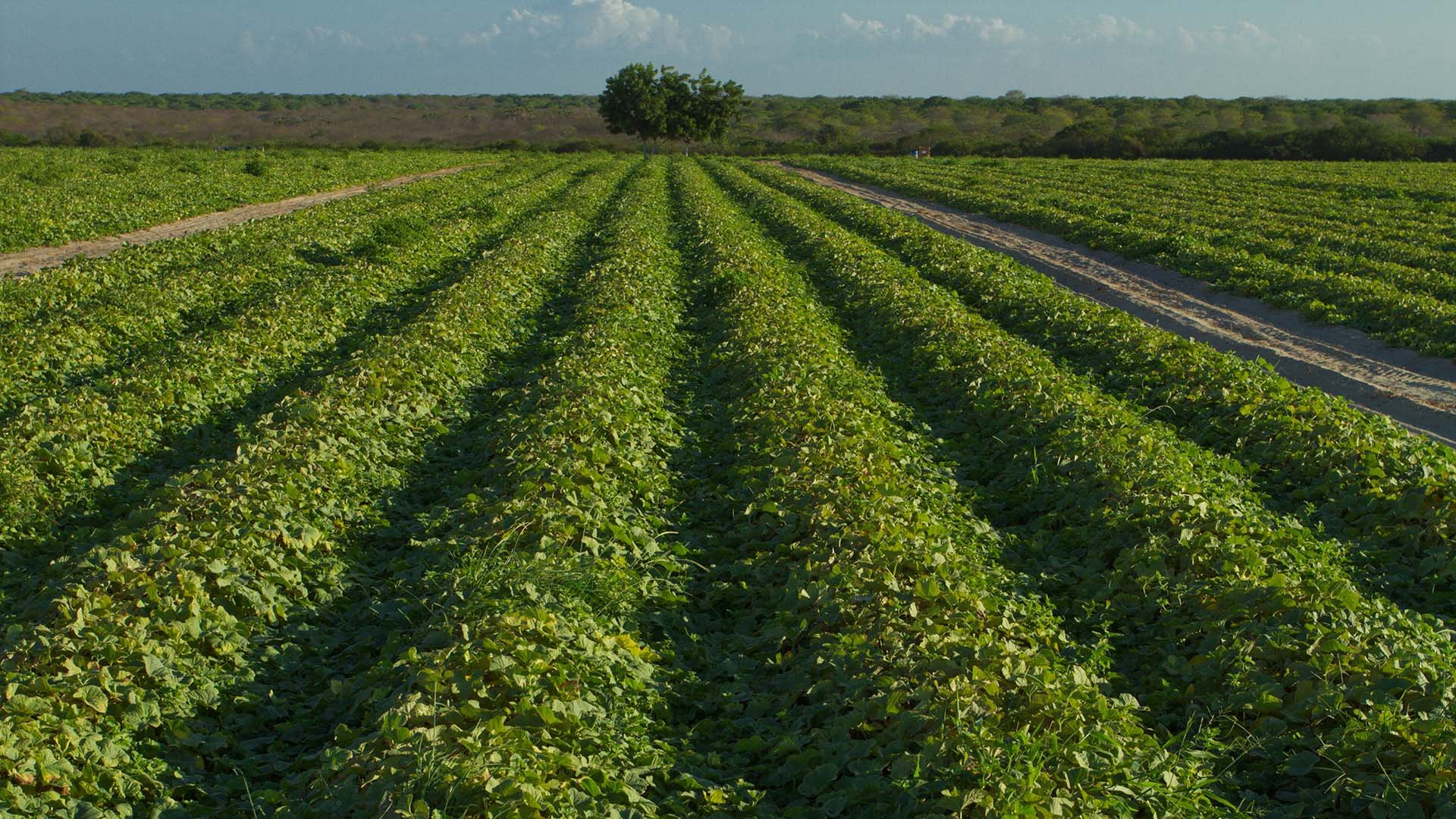
How Brazil sustainably helps to feed the world
Photo: Tony Oliveira
Agriculture is a big business in Brazil. But how does the country balance being one of the largest exporters of food in the world while protecting its rich biodiversity?
As the world’s biggest supplier of coffee, orange juice and soybeans, Brazil’s exports reached historic highs of $136.7 billion in the first half of 2021, according to its Ministry of Economy, and a recent study suggests Brazil is now responsible for feeding 10% of the world’s grain and oilseeds. So, as Latin America’s largest economy continues to become even more crucial to food chains around the world, how are they growing sustainably as a global agricultural powerhouse?
Right now, a staggering 66% of Brazil’s land remains preserved in native vegetation. In the country’s Forest Code, landowners and farmers in and around the Amazon must keep 50% of their land how it was found.
Farmers are also required to register their rural properties to a national map, allowing authorities to easily monitor, maintain and restore vegetation – which could otherwise become a logistical nightmare due to the Amazon’s immense 390 billion trees.

When agriculture meets sustainable energy
With a 48% share of its global exports, sugarcane is big business in Brazil. It’s not just key in the production of the world’s favorite breakfast cereals, bread, carbonated drinks, and confectionery – it also forms a large and growing role in the fight against the climate crisis, and Brazil is firmly at the forefront.
Sugarcane ethanol is a clean biofuel alternative, with studies showing greenhouse gas emissions are up to 61% lower than gasoline across its total lifecycle. Many of the cars on Brazil’s roads have already been running at least partially on sugarcane ethanol for some time, thanks to a fast transition spearheaded by the government – with Brazil now the world’s second largest producer of ethanol itself.
Farmers and policymakers alike understand that its production doesn’t have to be environmentally damaging and work together to enact and implement policies that protect Brazil’s rich biodiversity; sugarcane grows on just 1% of Brazil’s land mass, deforestation for its production is banned, and you won’t find any in the Amazon rainforest, national parks, or protected land. When sugarcane is crushed, the residue is used to form a bioelectricity known as bagasse, which has allowed the industry to effectively power itself, enabling Brazil to avoid a remarkable 6.3 million tons of toxic CO2 emissions.Photo: Marcos Giesteira

The opportunity of agribusiness
Brazil’s booming agribusiness sector still accounts for 21.1% of its GDP and its importance in the global food market continues to grow from strength to strength. Brazil now exports to 200 markets, proof that Brazil can take the path towards ethical growth without needing to compromise its status as a world-leader in environmentalism.
This year, Brazil’s rich biodiversity was brought to life in the heart of Dubai, with an impressive two-story pavilion housed in the Sustainability District at Expo Dubai. Focused on the theme “Together for Sustainable Development”, its presence reinforces the commitment to sustainable practices, and how investing in environmental, social, and economic achieves this.
Designed with the Instituto de Architects of Brazil, the huge pavilion covers 4,000m² and brings the Amazon Forest to life, with 125 mega projectors showcasing the country’s culture and biodiversity. Visitors can visually explore the country’s rainforests and rivers, while getting to know the festivals, cities, and heritage of Brazil.
As Latin America’s largest economy, Brazil proves that it is possible to grow while remaining mindful of its impact on the climate through environmental management and an ambitious use of renewable energy sources.
Photo: Wenderson Araujo

